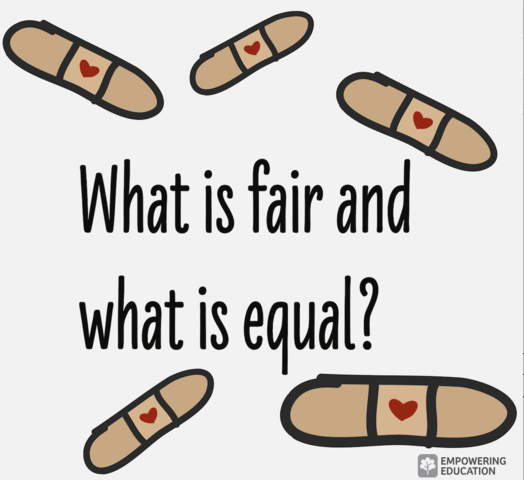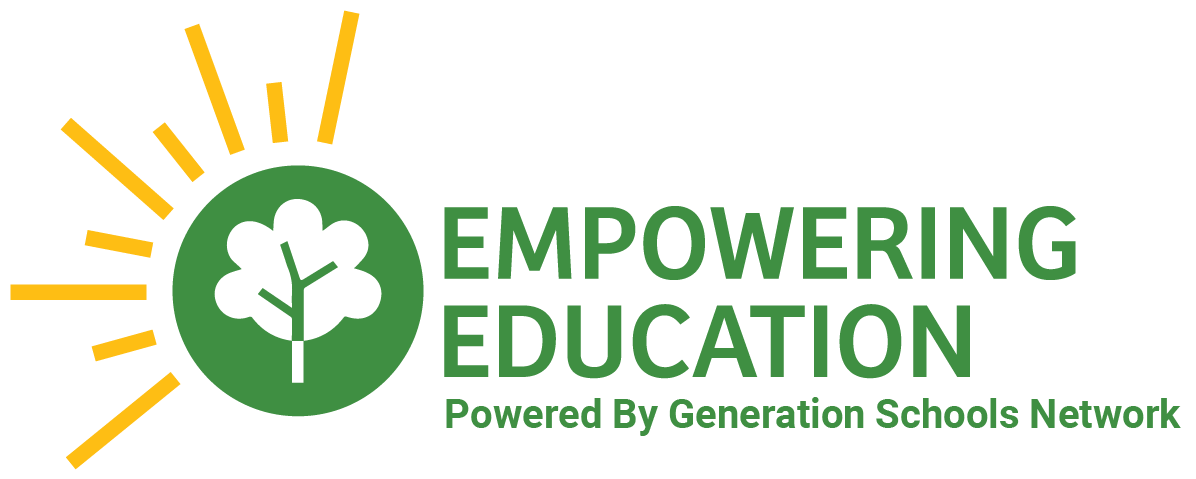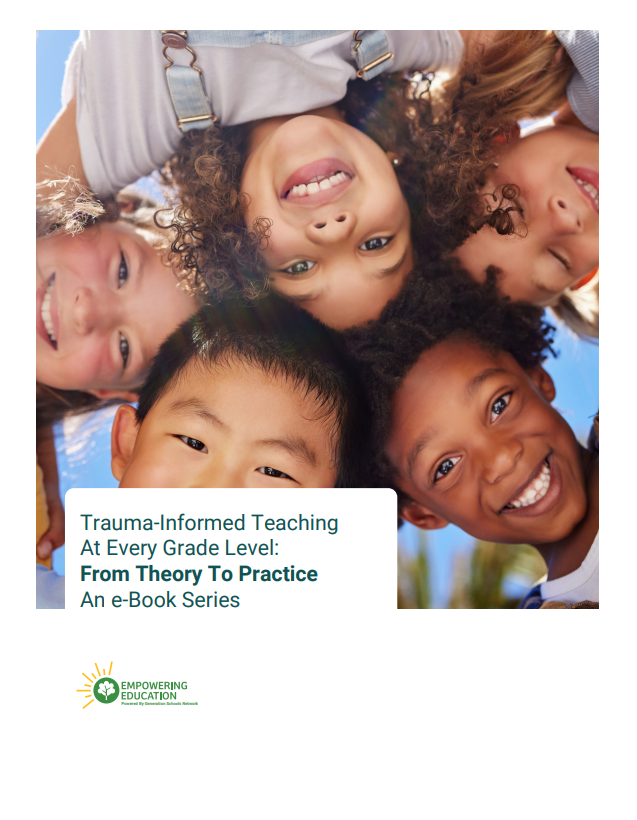The Band-Aid Lesson: Explaining Fair Versus Equal
A typical refrain in elementary school classrooms is, “That’s not fair!”
Whether in response to sharing materials, games at recess, or how much time a teacher spends with each student, students’ attachment to fairness can present a significant obstacle. When classroom teachers are not equipped, it is difficult to coach students through the nuances of fairness and equality.
A popular SEL technique we use to explain fairness is the band-aid lesson.

What is the difference between fair and equal?
Fairness means treating people according to their needs. This does not always mean it will be equal. Equality means treating everyone exactly the same. Understanding fairness and equality goes hand-in-hand with increasing students’ tolerance and appreciation for diverse learners. If students can distinguish between fair and equal, they're noticing how privilege impacts them and their classmates.
Some examples of fairness versus equality in the classroom might include:
- If one student is really good at math and didn’t need help, while another student needed a lot of help, would it be fair or unfair for the teacher to spend the same amount of time with them?
- If one student has a learning disability that means they have a hard time writing, would it be fair or unfair to allow them to use a computer to help them write, while everyone else in the class uses paper and pencil?
- If one student needs more time to read, would it be fair or unfair for the student to have more time to complete their tests?
- If one student has a difficult home life and unique emotional needs, would it be fair or unfair to allow them extra break times to use coping skills and cool-down strategies?
Empowering Minds Lesson
The Empowering Minds program offers differentiated lessons on the subject of fair vs. equal. The K-2 lessons include our favorite twin rabbits, Munchy and Jumpy, as they explore how something that is fair isn't always equal.
In the older grades, students go through an experiential activity in which their teacher will treat them all exactly the same, showing the point that what is equal is not always what is fair. In both the K-2 and 3-5 lessons, the bandaid activity teaches students the idea of what is equal, is not always fair. For example, if a doctor gave everyone who came into their office a bandaid, that might help some of their patients but surely not all. The bandaid activity is one that often sticks with students for years to come as they learn to better understand the difference between fair and equal.
Get The Full Lesson
Empowering Education offers full lesson plans for teachers on teaching students about fairness vs. equality.
Closing Reflection
Consider this question on your own or pose it to your students for an active discussion on fair vs. equal: Imagine what it would be like to live in a world where everyone is treated the same no matter what. Is this a world you would want to live in? Why or why not?


